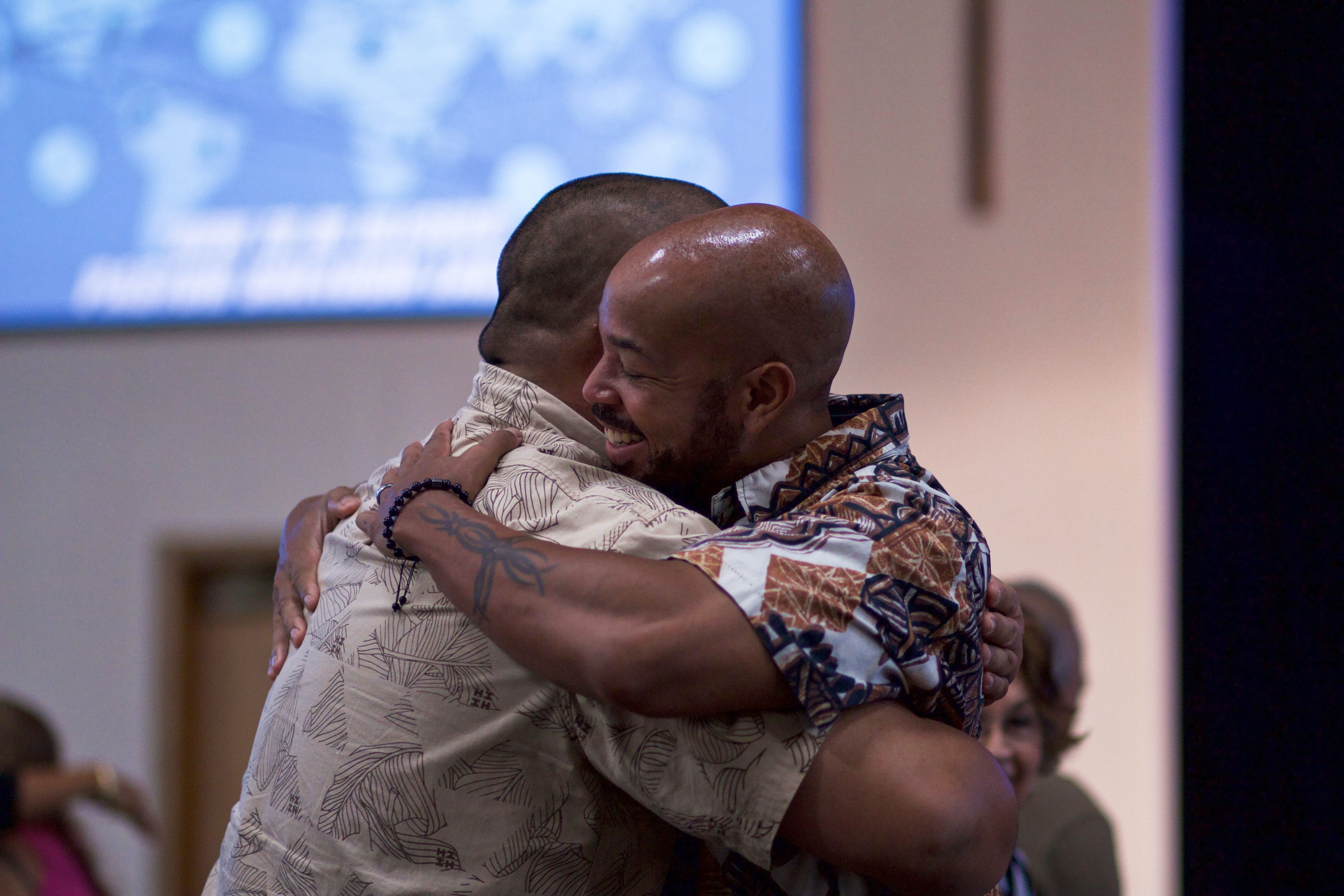
Reconciliation: Paths to Healing and Rebuilding Relationships
Reconciliation is a complex process that requires both parties to take responsibility, set boundaries, and work towards a new relationship.
Taking Responsibility, Setting Boundaries, and Changing Behavior
One of the most common paths to reconciliation is when both parties involved take responsibility for their role in the estrangement, acknowledge it, apologize, and work towards a new relationship. While it may be challenging for some individuals to accept responsibility, especially if they believe they had no role in the estrangement, it is important to recognize that taking responsibility does not necessarily mean accepting blame for the entire situation. In cases of abuse or trauma, the responsibility lies with the abuser, not the victim.
Another path to reconciliation involves individuals working on themselves during the separation and agreeing to a new relationship with different boundaries. This approach acknowledges that discussing or repairing the past may not be necessary or beneficial for the relationship to move forward. Instead, the focus is on starting anew and creating a healthier dynamic.
Changing behavior and taking responsibility for past actions can also pave the way for reconciliation. This may involve seeking therapy, getting sober, or addressing underlying issues that contributed to the estrangement. By demonstrating genuine change and growth, individuals can show their commitment to a new and healthier relationship.
Clarifying Motivations and Expectations
Before embarking on the journey of reconciliation, it is crucial to clarify one's motivations and expectations. What prompts the desire to reconcile? What changes have occurred that make reconciliation possible? By identifying these factors, individuals can assess whether they are ready and willing to pursue reconciliation.
Additionally, it is important to consider what one hopes to achieve through reconciliation. Will the relationship be different? How will it improve one's life? By envisioning the desired outcome, individuals can set realistic expectations and determine if reconciliation is truly the right path for them.
Steps to Reconciliation
Reconciliation is a process that requires time, patience, and open communication. It is essential to start slowly and softly, allowing both parties to adjust to the idea of reconnecting. The person initiating reconciliation should express their desire to rebuild the relationship and be prepared for the other person to need time to process and respond.
Honesty is crucial during the reconciliation process. Setting boundaries and expressing needs and concerns in a compassionate manner can help establish trust and create a safe space for open dialogue. It is important to respect each other's boundaries and follow through on commitments made during the reconciliation process.
Acceptance is another key aspect of reconciliation. It is essential to accept the other person as they are now, recognizing that people can change and grow over time. By focusing on the present and the future, rather than dwelling on past grievances, individuals can forge a new relationship based on who they are today.
Managing Expectations and Celebrating Victories
Reconciliation is not a linear process, and setbacks are to be expected. It is crucial to manage expectations and understand that progress may be slow and gradual. Patience and understanding are essential during this journey.
However, it is equally important to celebrate victories along the way. Even small steps, such as a positive response to a text message or a brief phone call, can be significant milestones in the reconciliation process. By acknowledging and appreciating these victories, individuals can stay motivated and maintain a positive outlook.
Conclusion
Reconciliation is a complex and deeply personal process. It requires both parties to take responsibility, set boundaries, and work towards a new relationship. By clarifying motivations, managing expectations, and celebrating victories, individuals can navigate the challenges of reconciliation and rebuild meaningful connections. Remember, reconciliation is not a guarantee, and it is essential to prioritize one's well-being and safety throughout the process.